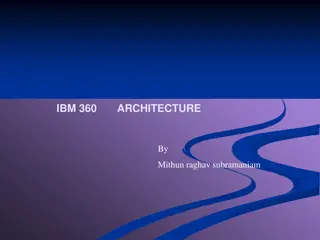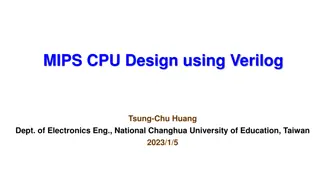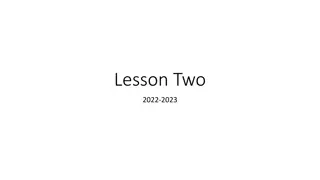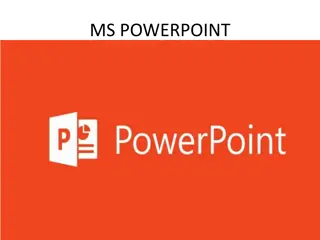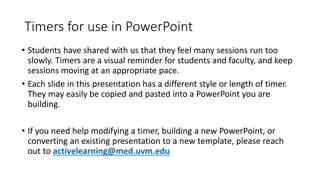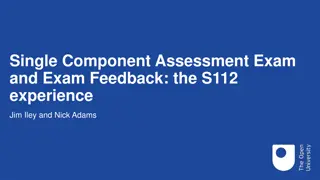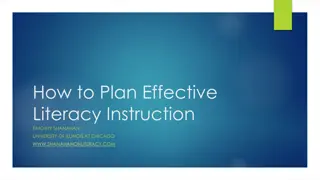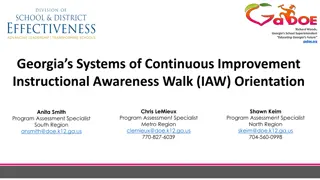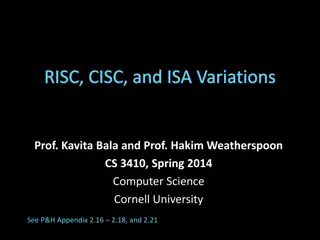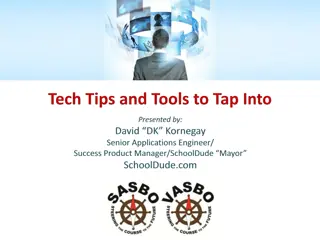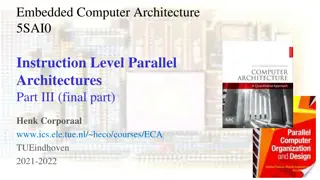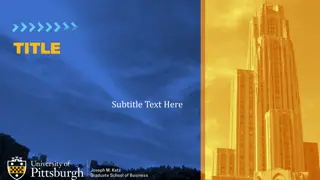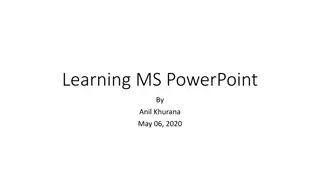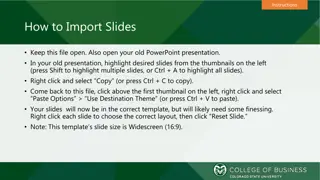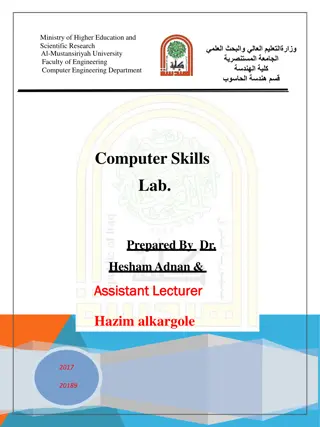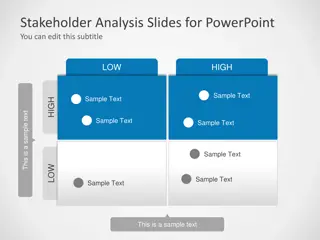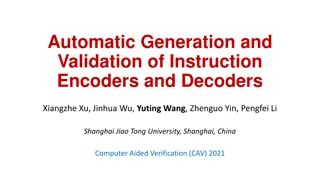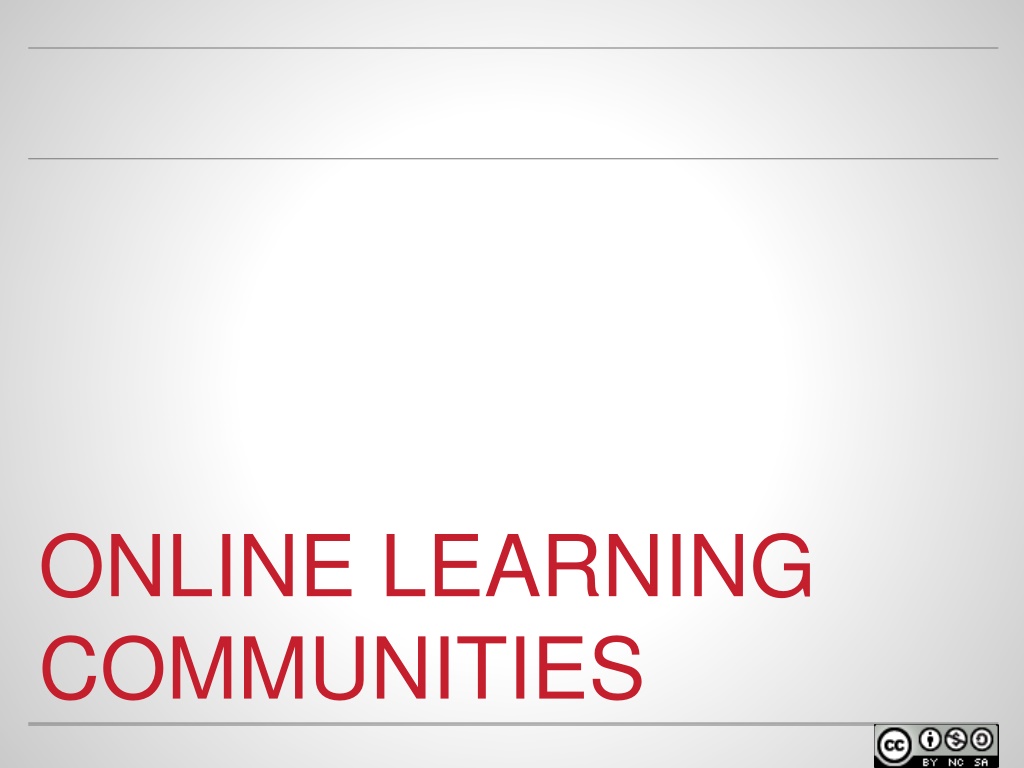
Building Thriving Online Learning Communities
Explore the world of online learning communities through this module. Understand strategies for fostering social presence, methods for community creation, and the use of educational technology. Dive into discussions, activities, and theories to enhance your understanding.
Download Presentation

Please find below an Image/Link to download the presentation.
The content on the website is provided AS IS for your information and personal use only. It may not be sold, licensed, or shared on other websites without obtaining consent from the author. If you encounter any issues during the download, it is possible that the publisher has removed the file from their server.
You are allowed to download the files provided on this website for personal or commercial use, subject to the condition that they are used lawfully. All files are the property of their respective owners.
The content on the website is provided AS IS for your information and personal use only. It may not be sold, licensed, or shared on other websites without obtaining consent from the author.
E N D
Presentation Transcript
ONLINE LEARNING COMMUNITIES
WELCOME o Facilitator name Position at university Contact info
LEARNING OUTCOMES By the end of this module, you should be able to: o Develop strategies for building social presence in online courses o Compare different methods of creating community online o Identify how to use educational technology and design learning activities that help to develop online learning communities
AGENDA o Defining online learning communities o Social learning theory and online classes/collaboration o Strategies to develop successful online learning communities o Evaluating participation in an online learning community
DEFINING ONLINE LEARNING COMMUNITIES
GROUP DISCUSSION o What is a learning community? o Share your ideas and respond to the thoughts of your peers.
GROUP ACTIVITY o In groups of four, reflect on the opening discussion: Try to find three key characteristics that define a learning community. What is the role of an instructor in creating such communities face-to-face?
SOCIAL LEARNING THEORY AND ONLINE COLLABORATION
SOCIAL PRESENCE Paloff, R., Pratt, K. (2005). Online Learning Communities Revisited. Paper presented at 21st Annual Conference on Distance Teaching and Learning, Wisconsin, United States. Retrieved from http://www.uwex.edu/disted/conference/resource_library/proceedings/05_1801.pdf
SOCIAL LEARNING IN ONLINE LEARNING COMMUNITIES Framework of six instructional methods for social learning (Collins et al, 1989) o Modelling o Articulation o Coaching o Reflection o Scaffolding o Exploration Lewis, D., Allan, B., & Society for Research into Higher Education. (2005). Virtual learning communities: A guide for practitioners. Maidenhead: Open University Press.
SOCIAL LEARNING THEORY o Think about the following question on your own: In what ways, if any, do I currently encourage students to participate in class?
SOCIAL LEARNING THEORY o Based on the responses from the different groups, how could current practices be adjusted to reflect social learning theory and improve the development of learning communities?
DEVELOPING AN ONLINE LEARNING COMMUNITY
BUILDING A LEARNING COMMUNITY Video o Cultivating online learning communities
GROUP ACTIVITY o With your group, brainstorm an online activity that could help develop a learning community for each of the following categories: Ice-breaker/Intro Learner/peer feedback Group/collaborative project
EVALUATING PARTICIPATION Video o Evaluating participation in an online learning community
SUMMARY o An online learning community is an online group with active interaction which provides socially constructed learning o Social learning theory allows learners to develop their own meaning o Social learning can be used to encourage the growth of an online learning community o There are various methods you can use to evaluate student participation in an online community
THANK YOU o Questions? o Comments? o Help? Contact information facilitator s and departmental
REFERENCES 1. Ball, T.C., Leppington, R. (2013). Community-Building Learning Groups in an Online Course: A Study of Functional Moves. The Northwest Journal of Communication, 41 (1): 109. 2. EdenTreeTV. (2011, April 20). Essentials of Supporting Online Learning Communities. Retrieved April 10, 2014, from http://www.youtube.com/watch?v=a-X06q-Z7RQ. 3. Hessler, H.B., Taggart, A.R. (n.d.) A Review of Building Learning Communities in Cyberspace: Effective Strategies for the Online Classroom. Retrieved from http://kairos.technorhetoric.net/7.1/binder.html?reviews/he sslertaggart/index.html.
REFERENCES 4. Lewis, D., Allan, B., & Society for Research into Higher Education. (2005). Virtual learning communities: A guide for practitioners. Maidenhead, Berkshire: Open University Press. 5. Paloff, R., Pratt, K. (1999). Building learning communities in cyberspace: effective strategies for the online classroom. San Francisco, CA: Jossey- Bass. 6. Paloff, R., Pratt, K. (2005). Online Learning Communities Revisited. Paper presented at 21st Annual Conference on Distance Teaching and Learning, Wisconsin, United States. Retrieved from http://www.uwex.edu/disted/conference/resource_library/p roceedings/05_1801.pdf.
REFERENCES 7. PSU World Campus Faculty Development. (2011, January 25). Building the Online Learning Community. Retrieved April 10, 2014, from http://www.youtube.com/watch?v=VykafuRwKKA&list=PL00 5C6939893E0FEA. 8. Schwier, R. (2006). Shaping the Metaphor of Community in Online Learning Environments. Retrieved from http://www.scribd.com/doc/3882087/Shaping-the- metaphor-of-community-in-online-learning-environments-.

